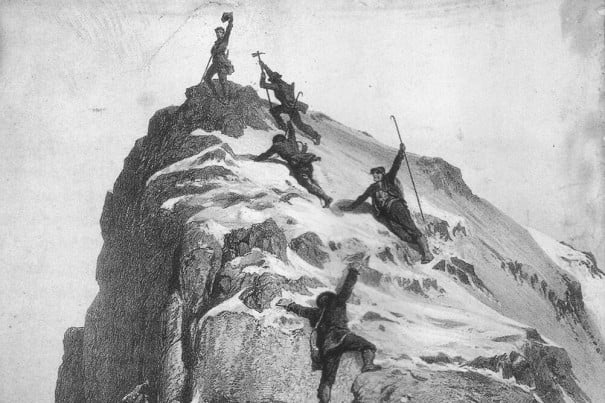
Literature Mountain Literature Classics: Scrambles Amongst the Alps by Edward Whymper
The engravings may be better than the writing, but with its blend of triumph and tragedy, the story of Whymper's five-year campaign for the first ascent of the Matterhorn is one of mountain climbing's defining narratives, says Ronald Turnbull.

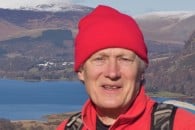


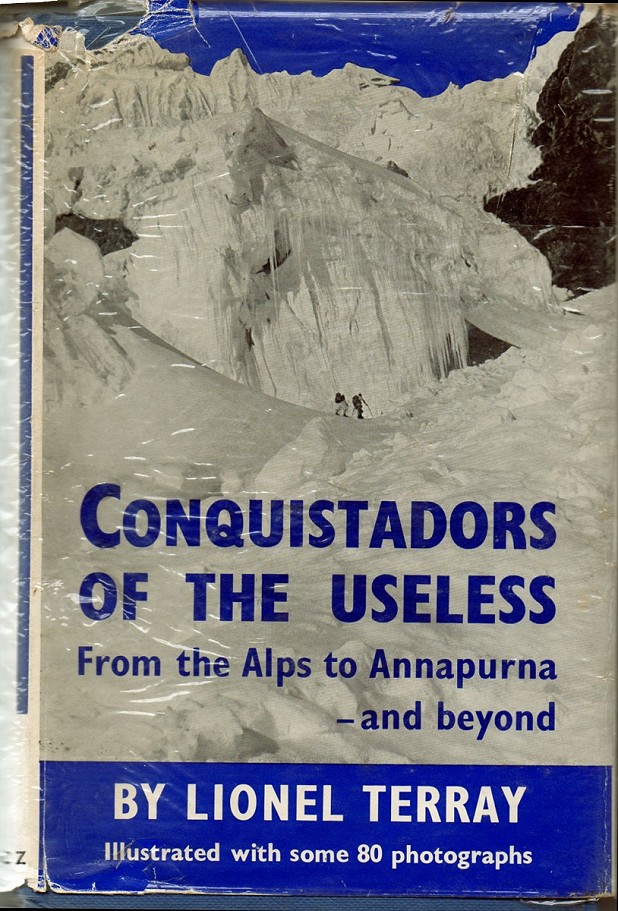
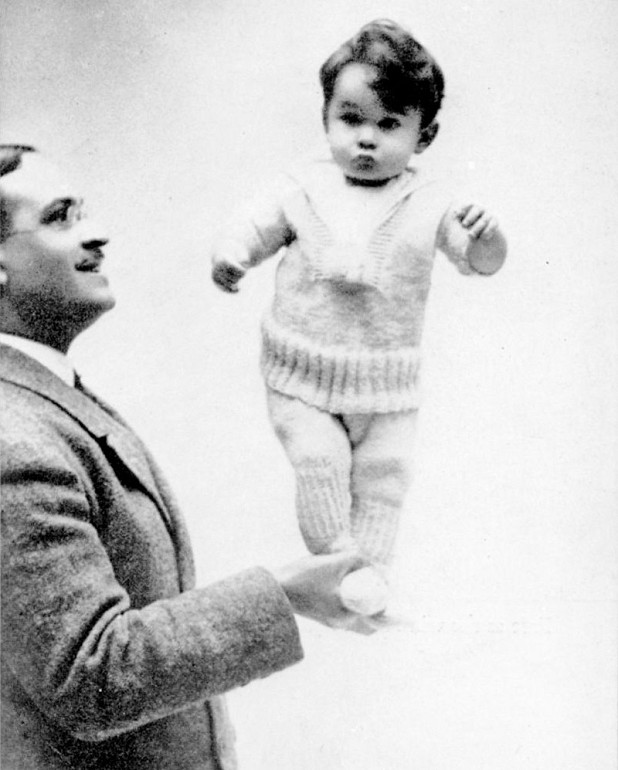
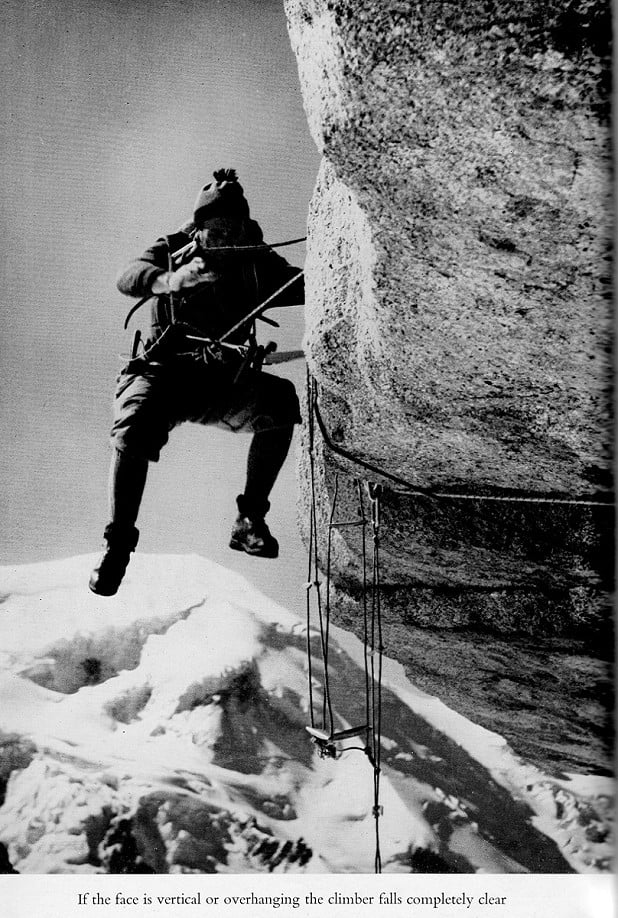
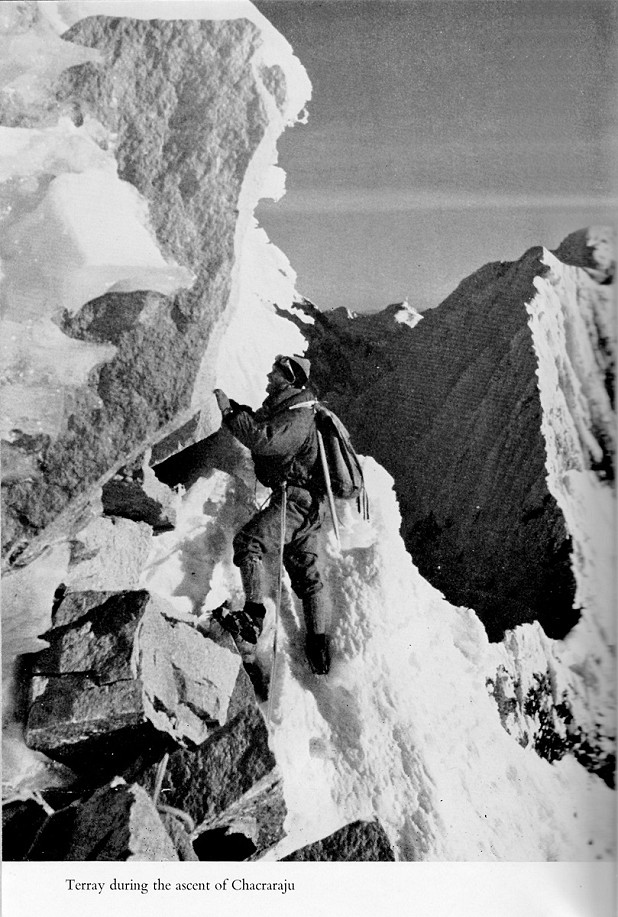
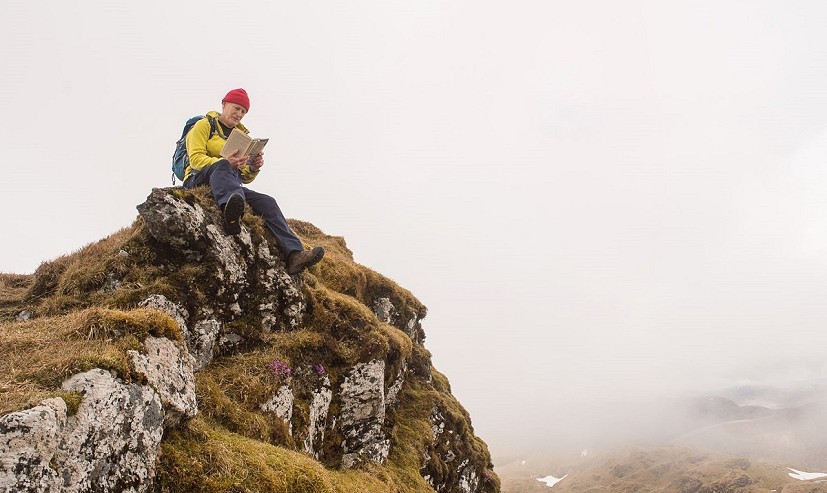

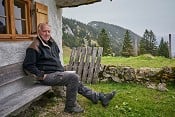
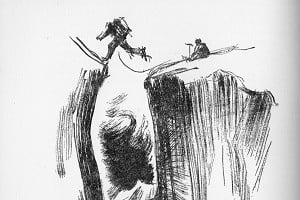

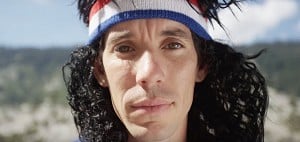

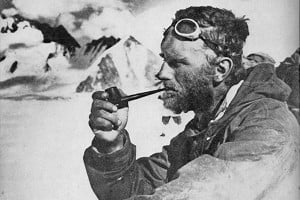

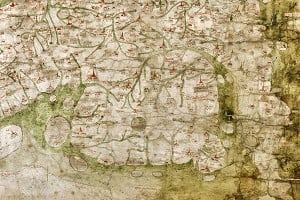
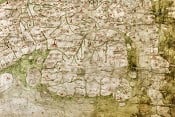

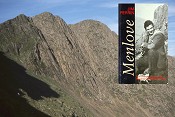
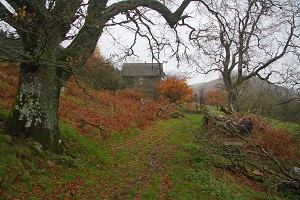
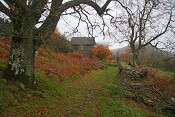
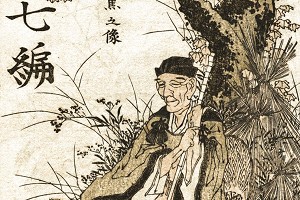
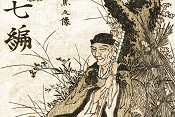
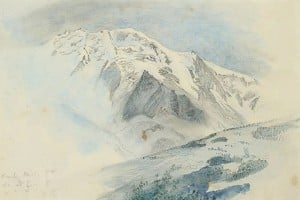
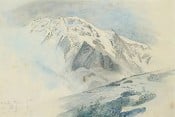
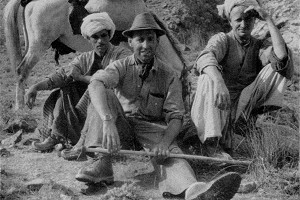
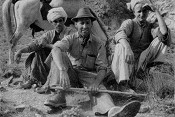
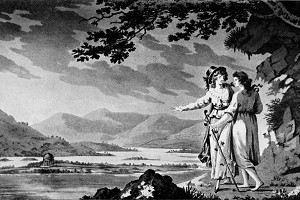
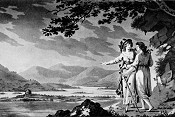
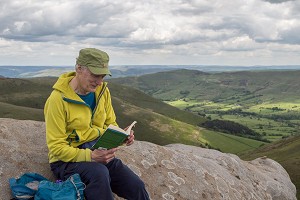
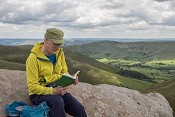
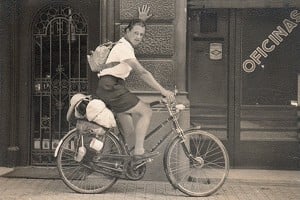
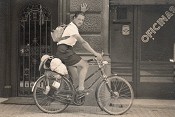
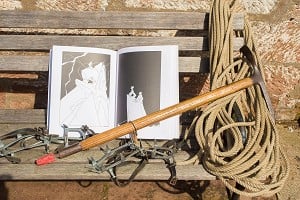

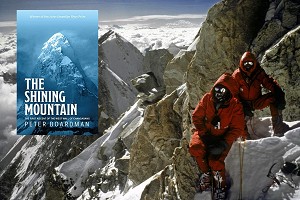



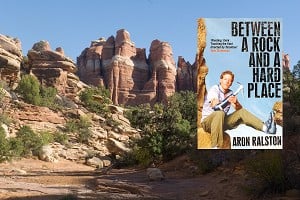
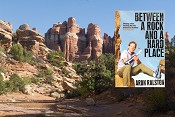
Comments
Suprised there's no mention of how good the translation is. Has Lachenal's Carnets du vertige been published in English ? Another point of view to many of the same events.
Very pleased to see this book highlighted, I read it as an impressionable newbie loaned out from the local library and it made a big impression. A nice counterpoint to the WH Murray my group was knee deep in at the time. Happy to see it republished (what would we do without the excellent Vertebrate Squadra?) and it worked second time around. Just the title alone is genius.
One of my favourites. Lots of interesting background, his time at the boarding school in Villar de Lans and other early influences, some of the friends he makes over his climbing life. There is a lot here besides the early ascents of major North Faces. And of course all told in a very different style to Rebuffat. It must have so good to be at the forefront of Alpine mountaineering in the 50's. For me, one of the all time classics!
I really enjoyed the book, especially as it was more than just the climbing. I have given up on some books that seem to focus too much on the specifics of climbing each route they mention.
It's a long time since I read it, but my memory was of loads of freezing cold bivvies!